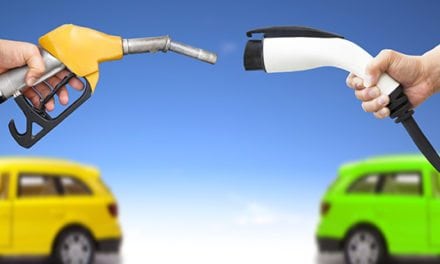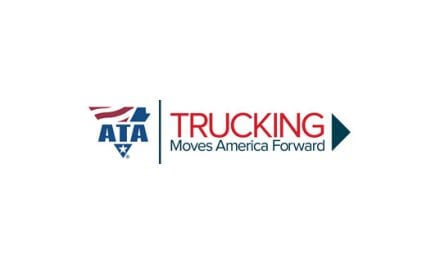Paul Reber, National Sales Manager
Icon Containment Solutions, LLC
Fuel storage tank testing, leak detection, monitoring and remediation have been, and continue to be, extremely well addressed in the industry. There are many experts (manufacturers and contractors) in the field that are adequately providing a great deal of information about that part of the fuel storage system. Until more recently, there has been very little discussion about the containment in the rest of the system… the sumps under dispensers, in pipe transition areas and over the tanks for UST and AST’s.
EPA’s soon to be published revision to CRF 40 Part 280 is going to include a requirement for periodic testing of the entire system (schedule yet unknown as of this writing), including containment sump fuel tightness testing. Whether driven internally or by state regulations, many fuel storage site owners may already be well ahead of these requirements and have a regular testing and maintenance program in place. The vast majority of sumps at sites in the United States have probably never been tested, relying more on visual inspections or sensor monitoring to drive any required maintenance decision, if that has been done at all.
The regulatory environment in many states requires that sumps are “dry” or “watertight,” and where enforcement in those markets is in place visual inspections and sensor monitoring does identify many problems within the sumps that are being corrected, one way or another. Whether from age, installation workmanship or design issues, there is the possibility that existing sumps may leak. The mere fact that a sump is dry where the water table is low does not mean that the sump is actually “fuel tight,” which is the overall objective of the new proposed testing requirement. Very soon, these new requirements are going to have an impact on the industry, and will have many contractors and site owners trying to figure out how best to address sump maintenance on a larger scale than anytime before.
Identifying the specific leak problems is very basic. Testing and visual inspection of the sump will determine the source of the leak, and it will be identified as one or more of several common issues. There is either water access through the top of the tank sump through the manhole cover and sump lid; or leaking through sump entry fitting failures; or sump structural leaking through cracks, failed seams, or open holes making the structure not fuel tight. It may be a combination of any or all of these problems in any given sump.
The difference between tank/transition sumps and dispenser sumps is that the dispenser sump is open under the dispenser and generally installed and protected in a way that a surface water leak into the sump usually isn’t an issue. If it is an issue, then it has been designed/installed improperly, but some solutions are still possible. The other problems mentioned can be common to all other types.
Also, it is obvious and good to remember that beyond the environmental and regulatory compliance issues, introduction of water into a sump is the most basic cause of equipment corrosion. Eliminating water/moisture in the STP sumps is really corrosion prevention.
So, you may be saying now… “I already knew all that, so what is the solution?” The options are pretty straightforward generally:
- Replace the equipment (sump, fittings, pipe, etc.) with improved designs and materials and installation guidelines
- Maintenance and repair the existing equipment without replacement
I’m going to address maintenance here, since it is the most cost effective option when applicable. Many site owners are becoming more aware of the various solutions to leak problems that don’t require the larger expense and site intrusion of replacement and reconstruction until that is part of their overall plan and budget. As a bridge to replacement, there are a number of very cost effective and successful maintenance and repair product applications for all of the problems mentioned previously, literally from top to bottom.
Repeated pumping of water from a sump when the sensors go off or from inspections is not the best solution and never really addresses the cause of the leak, which is the environmental risk. The maintenance and repairs options we’re going to mention are more permanent fixes to the leak causes.











